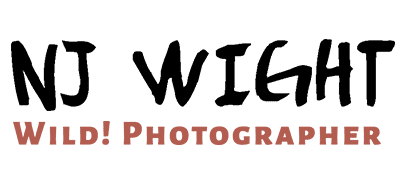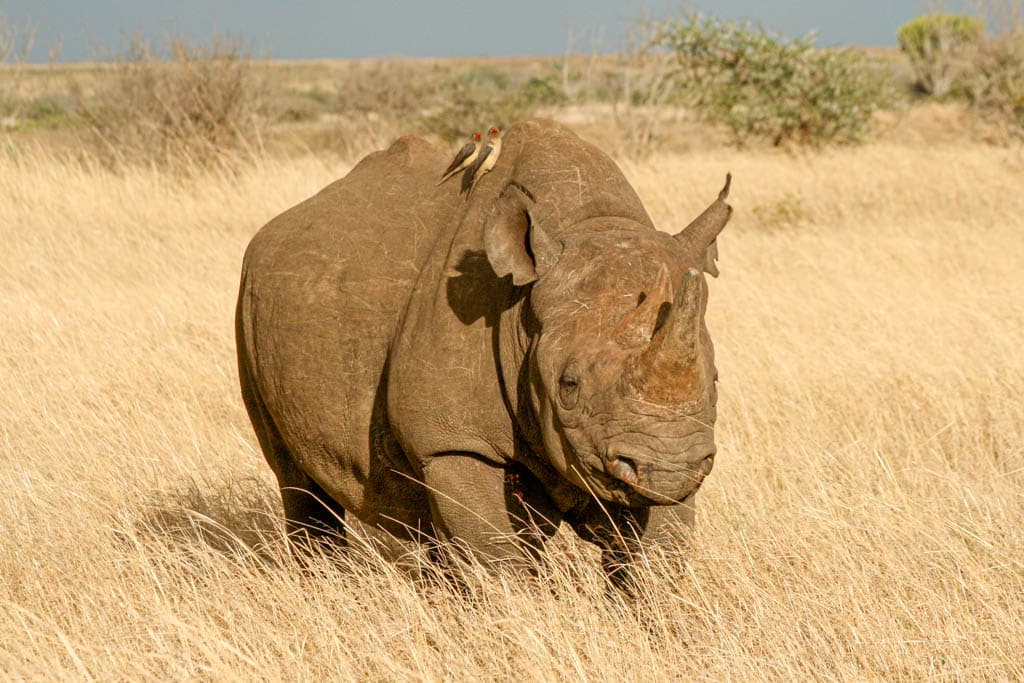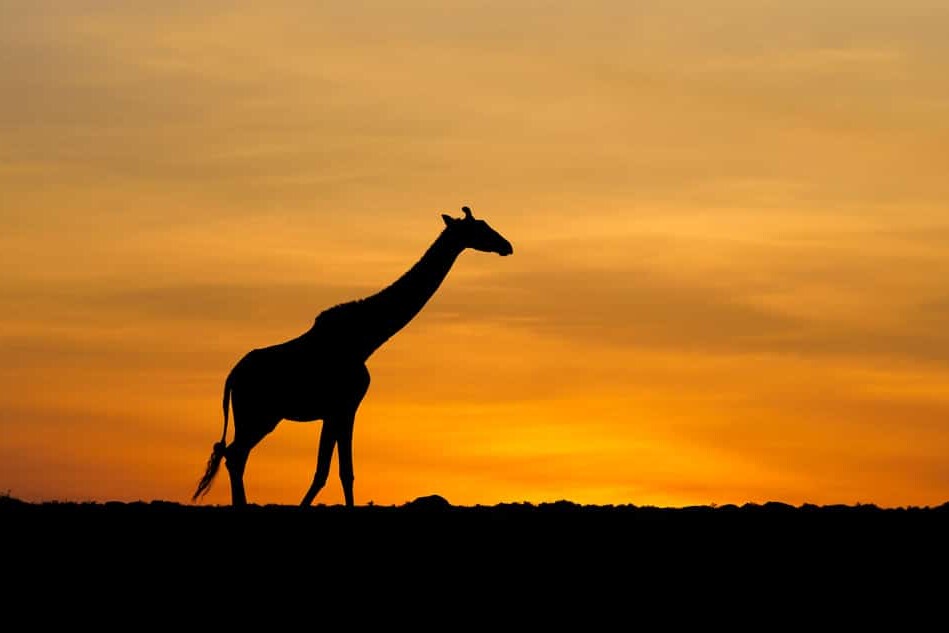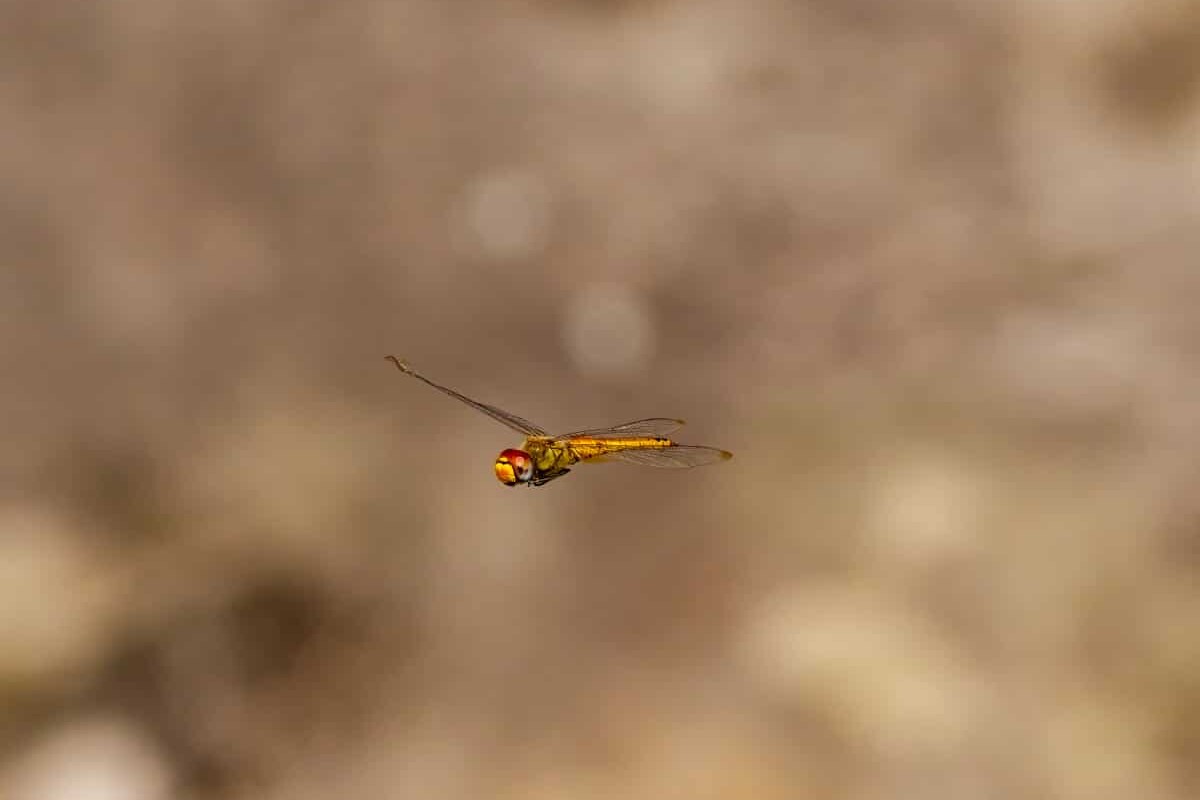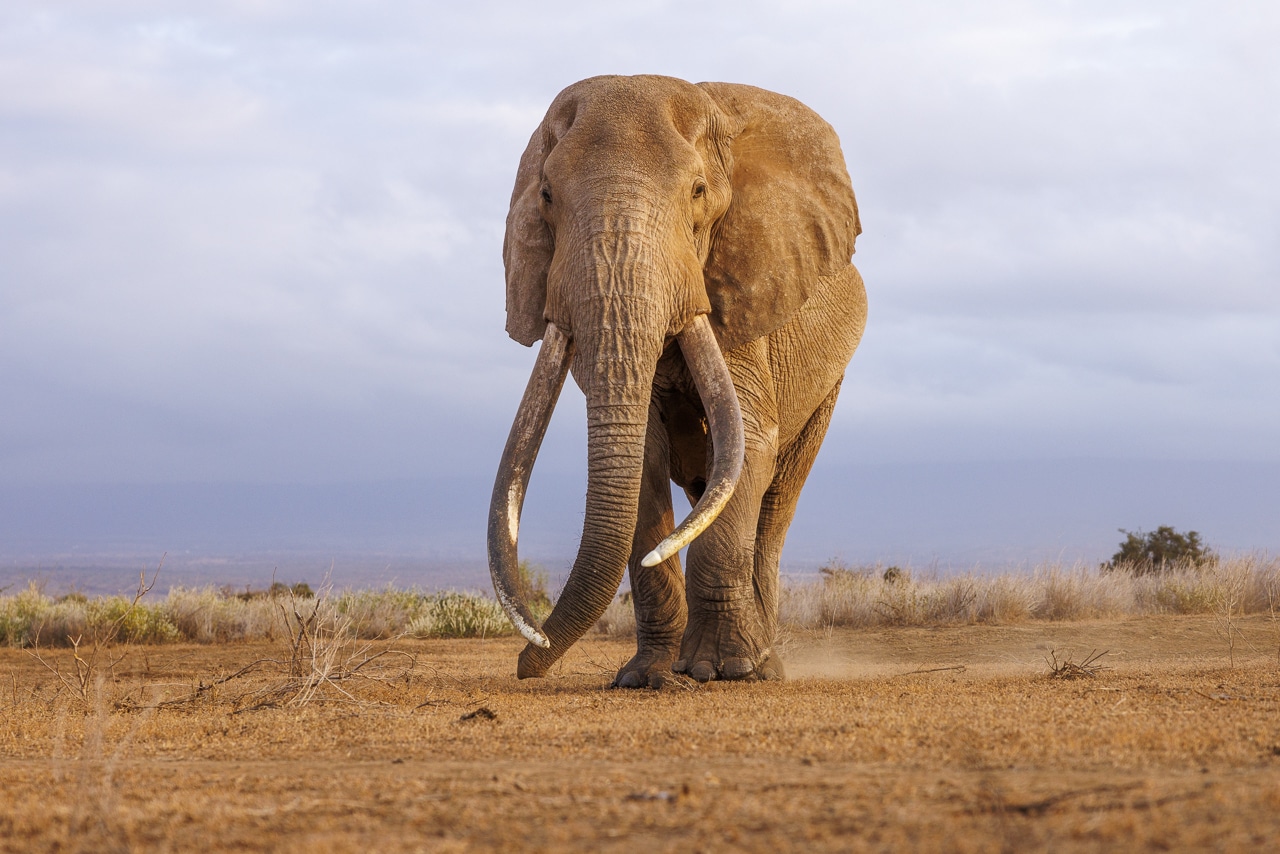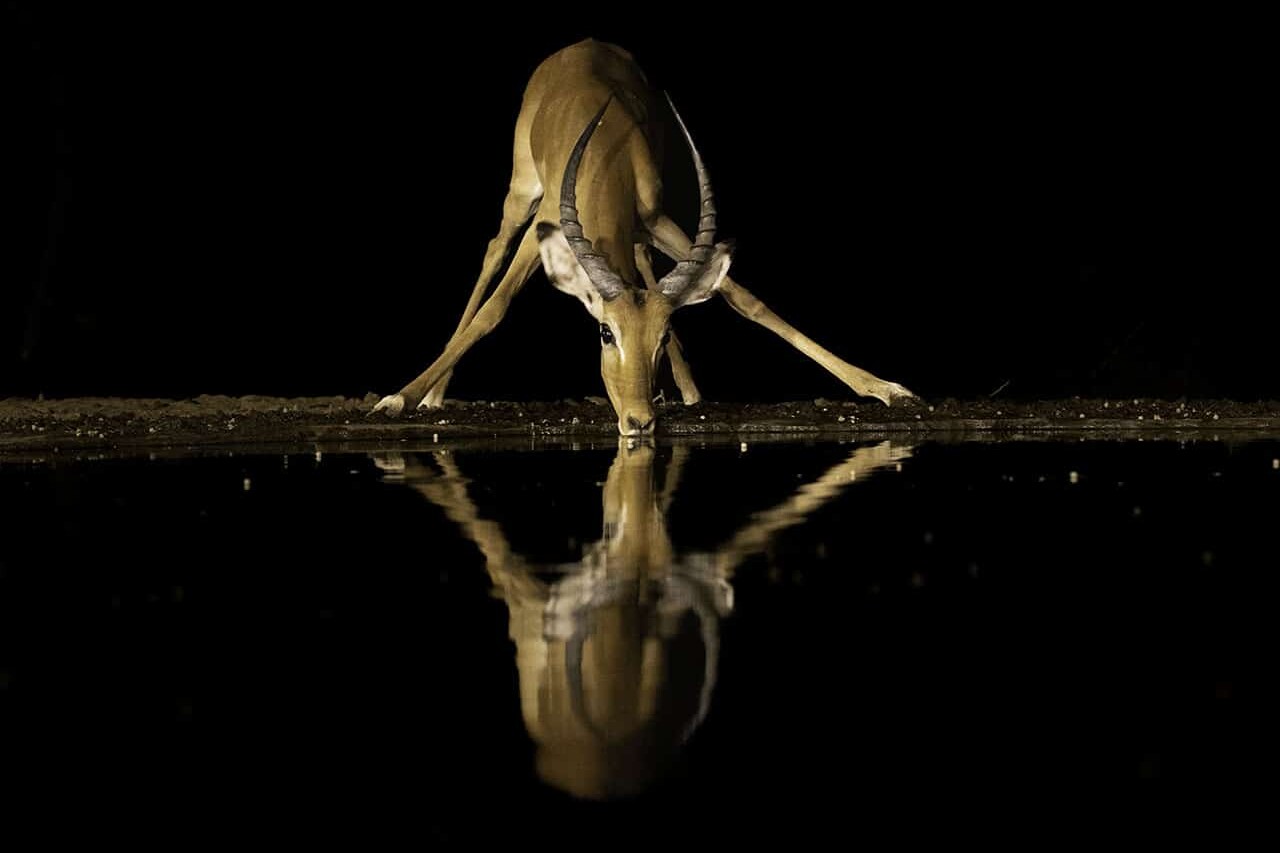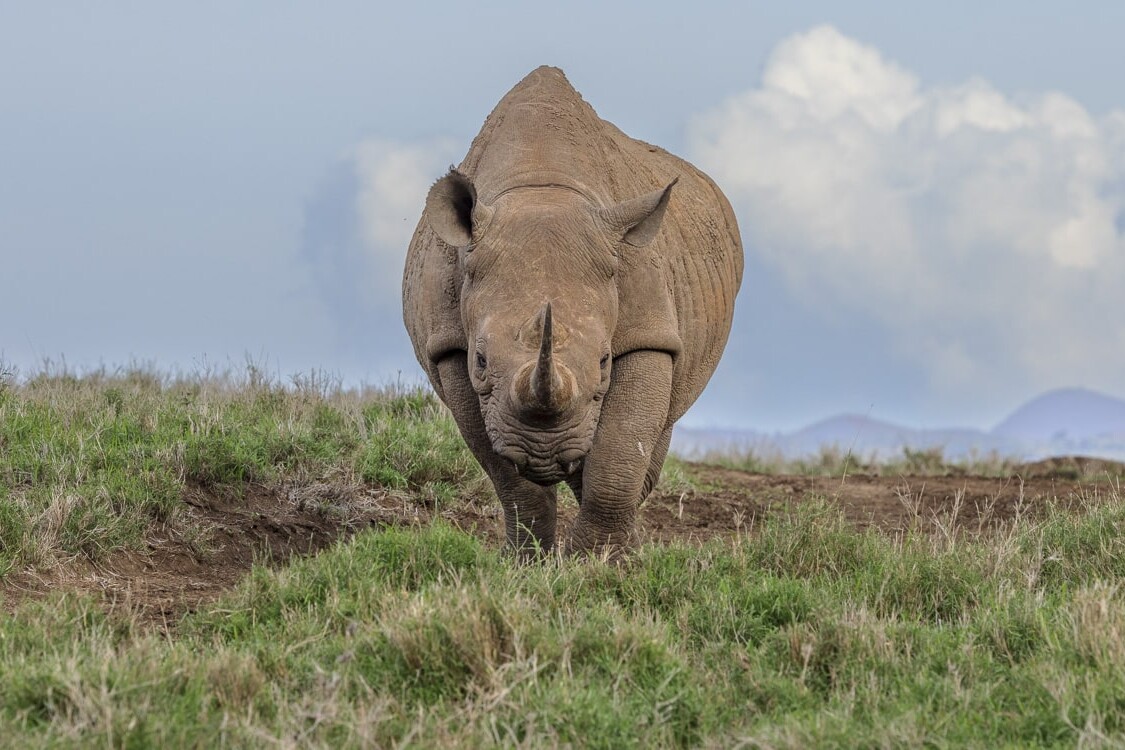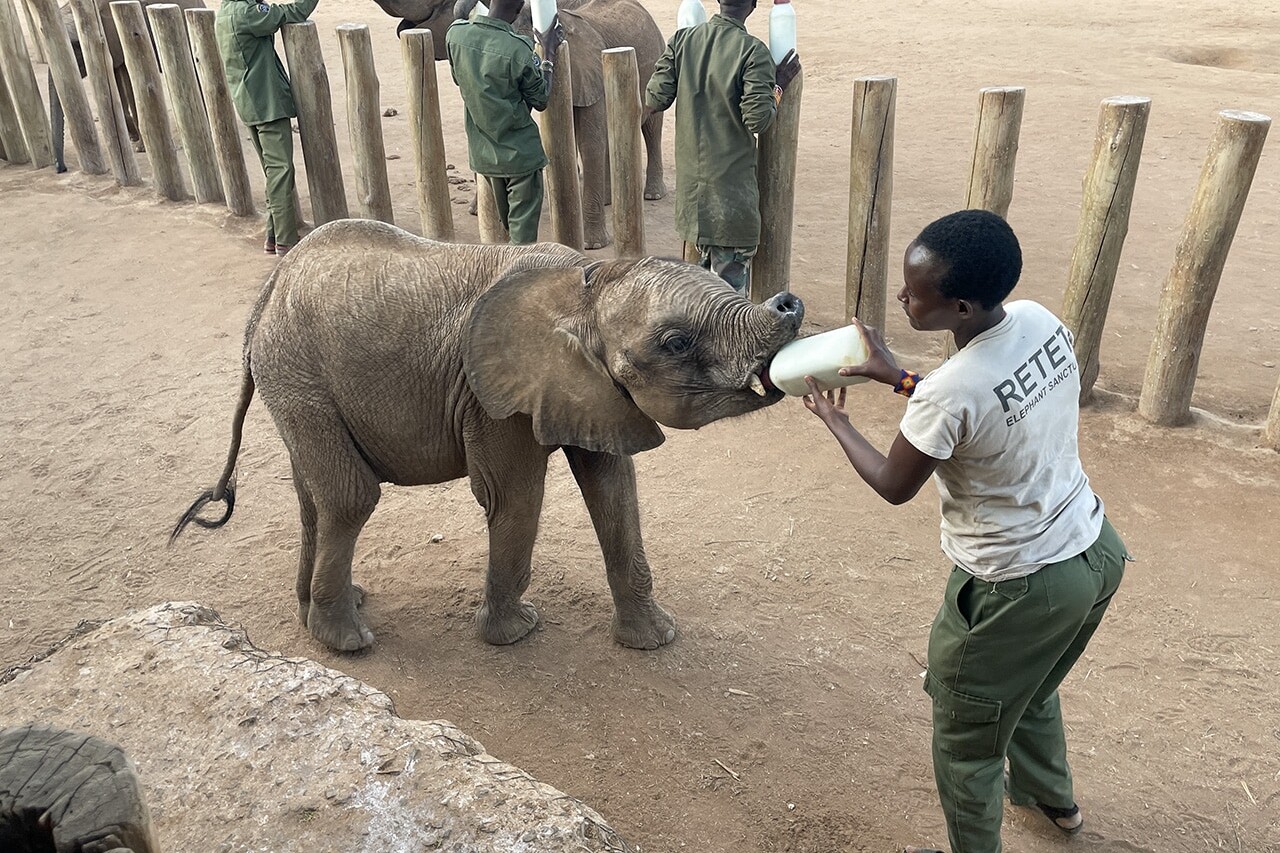A mountainous marvel of animal engineering, the rhinoceros is like no other. Leathery and lined, massive and muscled, his noble horn a cautionary prelude to a quiet, determined stare. The rhino is at once, a prehistoric relic and a 21st century icon.
Rhinoceros Poaching Statistics
I cannot imagine a world without rhinoceros. In South Africa, where approximately 80% of the world rhino population lives, rhino poaching continues at a rate of almost two a day. While the numbers are finally on the decline, there are still far too many killings. (http://www.savetherhino.org)
Rhinoceros I Have Known
 In the past 13 years I have encountered wild-living Rhinosceritidae more than 20 times in three countries. Each and every time I have wondered if it would be my last encounter. As a visual storyteller, my goal is to make connections with the sentient beings around us to invoke a passionate awakening in the soul. I push myself to make images that inspire imagination where, in a single moment, the heart might connect with the mind and lead one to think and act in new ways–ways that could end the senseless killing of the earth’s wildlife. The senseless killing of the rhinoceros
In the past 13 years I have encountered wild-living Rhinosceritidae more than 20 times in three countries. Each and every time I have wondered if it would be my last encounter. As a visual storyteller, my goal is to make connections with the sentient beings around us to invoke a passionate awakening in the soul. I push myself to make images that inspire imagination where, in a single moment, the heart might connect with the mind and lead one to think and act in new ways–ways that could end the senseless killing of the earth’s wildlife. The senseless killing of the rhinoceros
Until we truly understand and embrace that we are all connected, we will continue to lose species with no clear understanding of the consequences. So, on this World Rhino Day 2020, I fondly look back and speak to you through the very first rhinoceros I ever photographed. From these very first sightings, years before wildlife photography would become my calling, I was entranced by these massive animals with their magnificent facial ornaments and dinosaur-like bodies. I hope they might spark your imagination and stir your sense of wonder. These images capture but a moment of their glorious story, a centuries-old tale that seems destined for a tragic ending unless we stop the senseless slaughter.
You Never Forget Your First Rhinoceros
I was introduced to my very first black rhinos in the Phinda, South Africa in 2008. Being chased by storms and heading back towards camp, our ranger suddenly throttled the Land Rover over the ditch. He headed off-road, bouncing us straight towards the blackening skies and…two black rhinos! We followed at a safe distance as they grazed towards the hillside. For a brief moment the sun broke through the ominous clouds, spilling a brilliant rainbow behind them. This was truly an African pot of gold. They turned towards us, halting our progress, allowing me to quickly capture one of my very first rhino photos I call Pair of Blacks. (Or, for those of you with loftier imaginations, The Two-headed Rhino.)

The black rhino has a hooked lip and is slightly smaller than this relative the white rhino. They are browsers and the hooked lip allows them to pull leaves off trees and bushes to supplement their diet of grass.
A Rhino Encounter of a Special Kind
The following day would bring a rhinoceros encounter of a very close kind! Coming up on four grazing white rhinos on the roadside, we pulled over to enjoy their company. They were relaxed and intent on grazing. Unlike the black rhino with its hooked lip, the white rhino has a squared-off lip and relies on grazing.

I was sitting up on the back bench the truck, my boot propped up on the open side, when a very calm and massive male began wandering towards me. Coming closer, eyes on mine, his impressive horn dipped well into the minimum focus distance of my 70-300 F4-5.6. He stood still, then sniffed my boot. Seemingly satisfied with my hygiene he slowly backed away and returned to the tall grass on the side of the ditch. It’s a wonder I had the presence of mind to hit the shutter. While the image is somewhat soft, it serves me well to bring back the vivid memory of this magical encounter.

A Wildlife Icon
The rhinoceros is the second largest land mammal in the world–it is a symbol of our wild planet–and it is disappearing at an alarming rate. Of the 5 species of rhinos left on the planet, 3 are now critically endangered, while 2 are vulnerable to extinction. While habitat loss threatens so many of the planets species, the rhinos biggest threat is poaching. Rhino horn is in high demand in the thriving black market in the illegal trade in animal parts. Rhino horn is currently selling for upwards of $50,000 a kilo on the thriving black market in animal parts. We are decimating one of the worlds iconic species to use in mythical potions. Horn is not medicine and we must stop the senseless killing. Education and awareness is vital if we are to secure a future where these extraordinary animals continue to share our planet.
One more thing…
Thank you very much for visiting my blog. I support myself as an artist with my photography and writing. If you enjoy my content and would like more, please consider supporting me on KO-FI.COM Becoming a member of the Armchair Wanderers or one of The Wild Bunch will give you access to exclusive member only content-including behind-the-scene safari updates from my travels. Thank you for your ongoing encouragement and promoting my passion.
The Rhinoceros Gallery Visit the Rhino Cemetery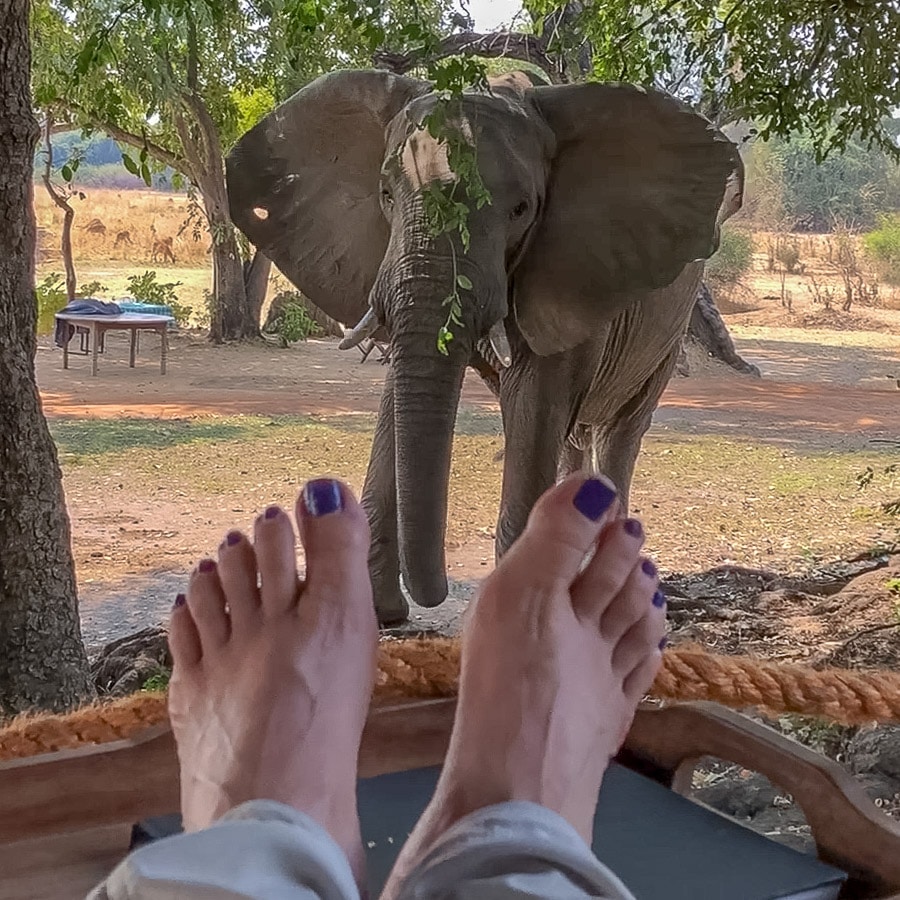
NJ Wight
Image maker and storyteller, bringing my audience up close to the extraordinary wildlife that has transformed my thinking and shaped my creative expression.
More Great Posts
February 29, 2024
Photographing Safari Silhouettes
January 17, 2024
Photographing the Dragonfly in Flight
July 17, 2023
Meeting the Legend Craig
March 15, 2023
A View from the Hide
February 9, 2023
A Black Rhino Named Elvis
November 27, 2022
